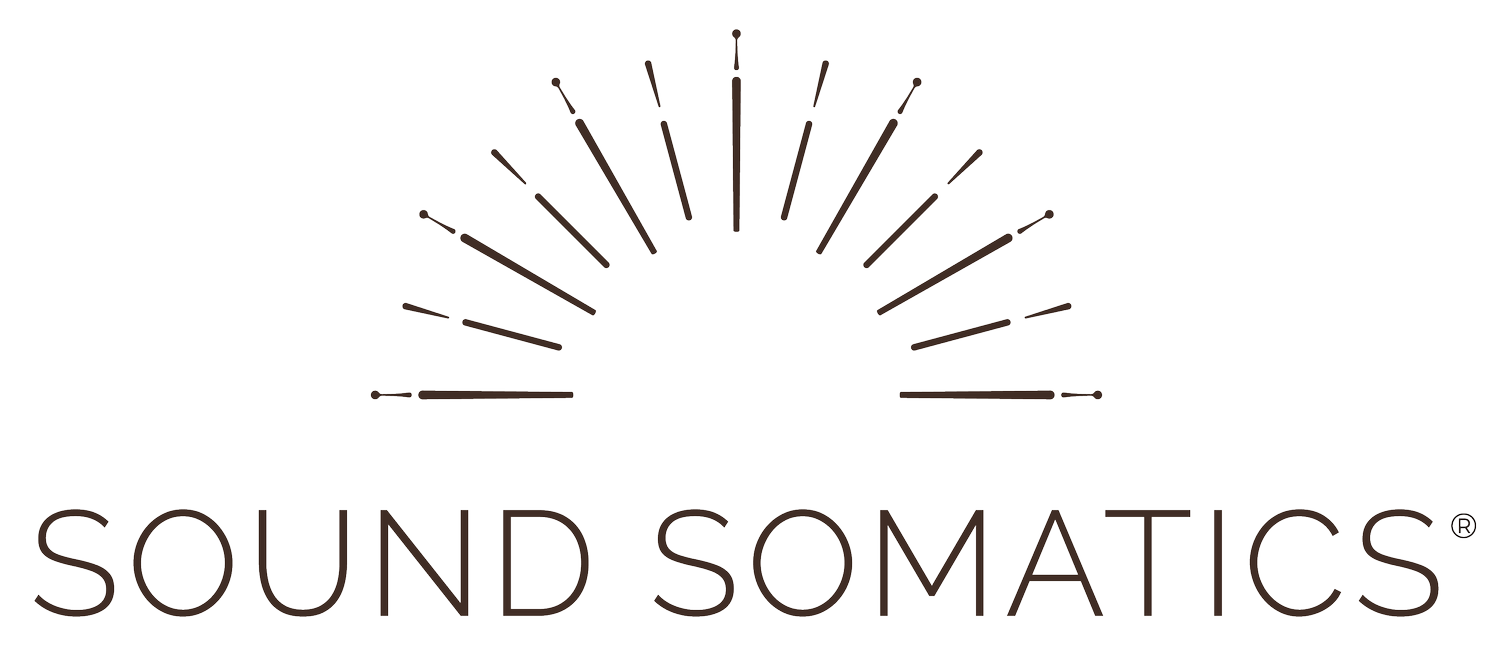Embodied Leadership Workshops
Somatic-based workshops empower leaders to move beyond concepts, fostering leadership that is embodied, relational, and responsive in the moment.
Grounded in somatic principles, these workshops focus on how presence, emotional balance, and nervous system regulation influence leadership, communication, and team cohesion. Key offerings include Embodied Leadership, Emotional Intelligence, and Navigating Workplace Stress.
Designed for both emerging leaders and seasoned executives, this approach nurtures authentic, flexible, and effective leadership that’s cultivated from within.
Why Embodied Leadership Workshops?
In professional development, it’s common for teams to learn valuable information but struggle to apply it long-term. This often happens because behavior is shaped not only by the mind but also by deeper patterns held in the body, such as stress, emotions, and unconscious biases.
Somatic workshops address this gap by helping teams embody new strategies, making it easier to integrate and sustain change. These workshops are especially effective for building skills in areas like those listed below.
-
Integrating somatics into workshops and facilitation can help teams develop additional leadership skills including emotional intelligence, authentic presence, and relationship building.
-
Somatic practices can improve self-awareness by connecting physical sensations with emotions and thought patterns.
This awareness can help your team better understand their strengths and opportunities for growth, both as individuals and as a group.
-
Burnout and employee engagement are ongoing challenges for many organizations.
Learning strategies to reduce stress, tension, and anxiety can help teams stay engaged and motivated even within high-pressure environments.
-
Somatic techniques can improve emotional intelligence, non-verbal communication, empathy, and active listening skills.
These can help teams appreciate different communication styles, experience reduced misunderstandings, and improve their collaboration.
-
Conflict is inevitable within teams. Somatic approaches can facilitate healthy conflict resolution by helping team members understand and regulate their emotions, maintain composure, and find constructive solutions.
This can lead to a more enjoyable and productive team environment.
-
By fostering a deeper understanding of individual and collective dynamics, somatic approaches can strengthen trust and cohesion within teams.
This can create a supportive atmosphere where team members feel valued and empowered to contribute their best work.
Logistics
All workshops are tailored to meet your organization’s unique needs and goals. They can be delivered as standalone sessions or integrated into ongoing professional development programs. I offer half-day and full-day intensives.
Each workshop blends informative content with interactive somatic practices that engage the mind-body connection for deeper learning and lasting impact.
Workshops are available in person and virtually. While group sizes may vary, the optimal number is typically between 5 and 10 participants to ensure meaningful engagement.
Interested in a customized workshop for your team? Schedule a free consultation below to learn more.
Organizations I’ve partnered with include:










